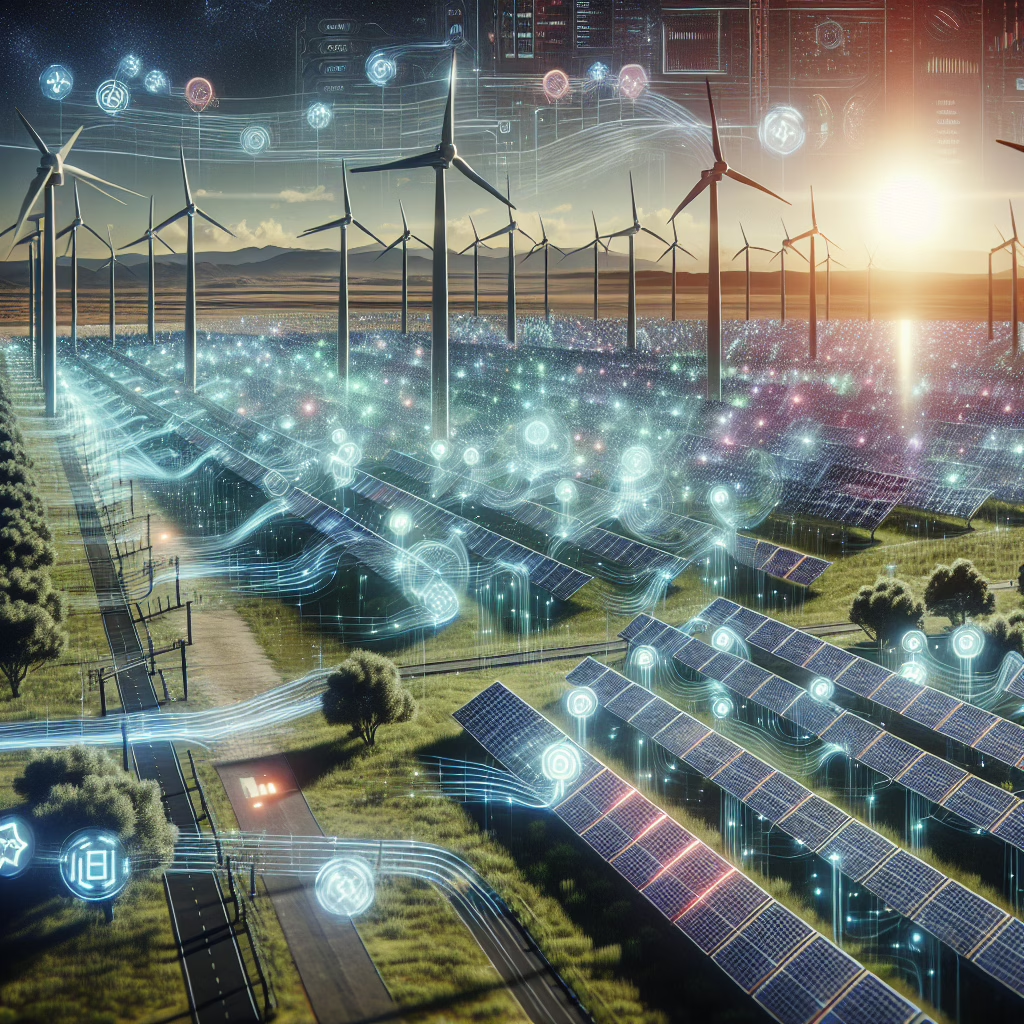In the grand arena of technological marvels, Google has decided to don its superhero cape once again! This time, it’s not just about organizing your cat videos or helping you find the nearest taco truck. No, Google is stepping into the spotlight to tackle the looming crisis of grid backlog and skyrocketing energy demand—thanks to the magical powers of AI!
The AI Revolution: A Bright Future for Energy
As we zoom into the future—specifically, the year 2030—energy demand is predicted to quadruple. Yes, you heard that right! Quadruple! If you think your electricity bill is shocking now, just wait until we’re all charging our hoverboards and powering our smart fridges at the same time. Enter Google’s AI, a shiny beacon of hope in this electrifying scenario.
Google’s AI isn’t just a fancy gadget; it’s a sophisticated system designed to analyze vast amounts of data faster than you can say “artificial intelligence.” By leveraging this technology, Google aims to optimize energy distribution across our aging power grids. Think of it as a traffic cop for electrons, ensuring they reach their destinations without unnecessary delays.
How Does It Work? The Nuts and Bolts
You might wonder how this tech wizardry actually operates. Well, imagine a brainiac friend who never forgets anything and knows exactly where every single electrical output should go. That’s Google’s AI in action!
Through machine learning algorithms, it assesses real-time data from various sources. This includes weather patterns (because we all know how unpredictable Mother Nature can be), energy demand consumption trends, and even social behaviors (yes, it’s watching how much Netflix you binge!). With this information, the AI can make intelligent predictions about where energy will be needed most.
In practical terms, this means fewer blackouts and more efficient use of renewable energy sources like wind and solar. So when you’re powering your electric vehicle while streaming cat videos at 4K resolution, you can thank Google’s AI for making that possible without blowing a fuse!
The Environmental Impact: Saving the Planet One Byte at a Time
As if optimizing power grids wasn’t impressive enough, let’s talk about the environment! By enhancing grid management through AI, Google contributes significantly to reducing carbon emissions. Cleaner energy leads to a healthier planet—something we can all cheer about!
- Reduction of energy waste and inefficient practices.
- A shift toward sustainable energy sources.
- An overall decrease in carbon footprint.
Imagine a world where energy waste becomes as outdated as dial-up internet. With Google’s AI monitoring and managing energy flow efficiently, we could see a significant decrease in reliance on fossil fuels. Talk about a win-win situation!
Challenges Ahead: The Path to Smarter Grids
Of course, not everything is rainbows and sunshine. The transition to smarter grids involves both challenges and opportunities. Regulatory hurdles need to be overcome, alongside substantial investments in technology and infrastructure.
But with Google leading the charge using its AI prowess, there’s reason to be optimistic. It’s like watching your favorite underdog sports team rise from the ashes—it gives you hope! As we inch closer to 2030, we can expect even more innovations in energy management that will not only address current issues but also pave the way for future advancements.
The Future Is Bright—And Powered by AI
The momentum for AI in energy management is only growing stronger. Initiatives that leverage machine learning and predictive analytics can reshape our energy landscape, making it more resilient and efficient.
So, whether you’re a tech enthusiast, an environmental advocate, or simply someone keen on cutting down their utility bills, there’s a lot to be excited about. AI has the potential to change our relationship with energy, paving the way for a smarter, greener future.
Conclusion: Join the Conversation!
As we embrace these technological advancements with open arms (and maybe a little skepticism), it’s essential to stay informed about how AI is transforming our energy landscape. We’d love to hear your thoughts on Google’s efforts in managing grid backlogs and meeting rising energy demands. Are you as excited as we are? Or do you have reservations about relying on AI for such crucial tasks? Join the conversation in the comments below!
A special shoutout to CCN for inspiring this piece! Thank you for shedding light on these groundbreaking developments.

